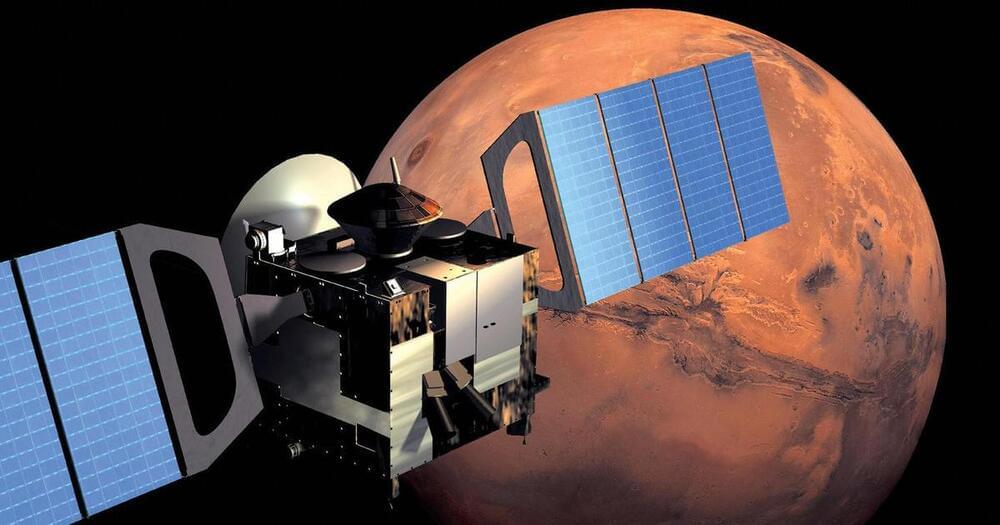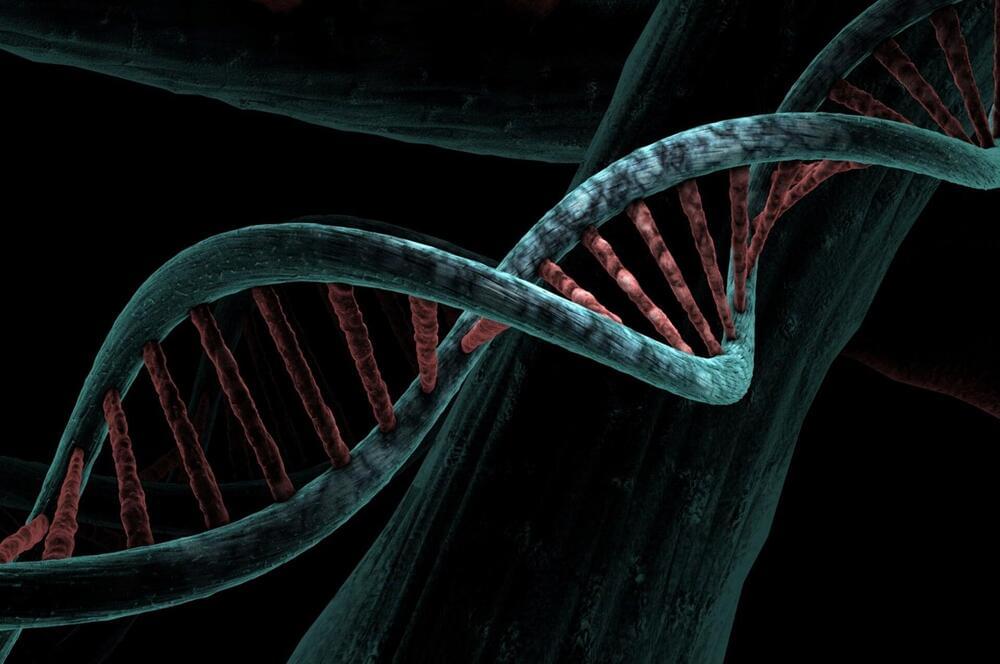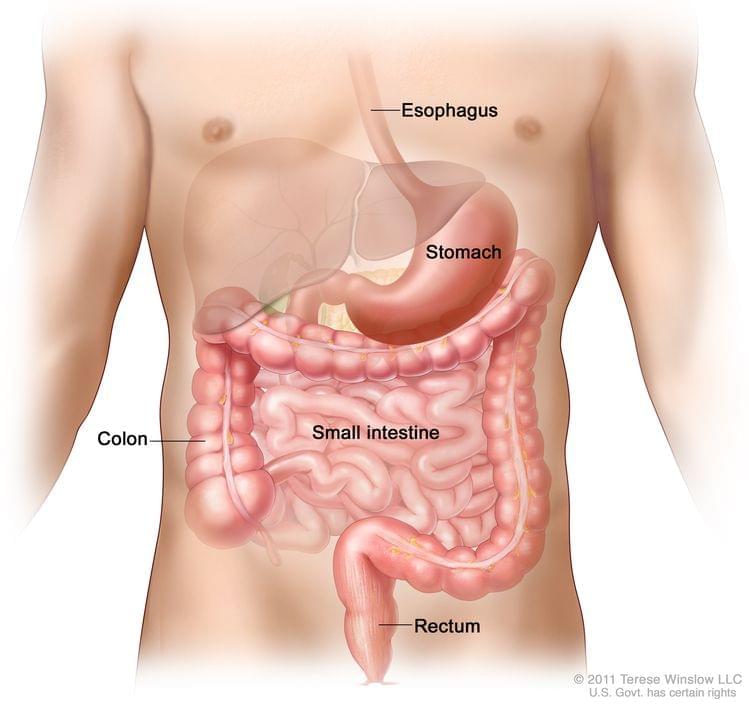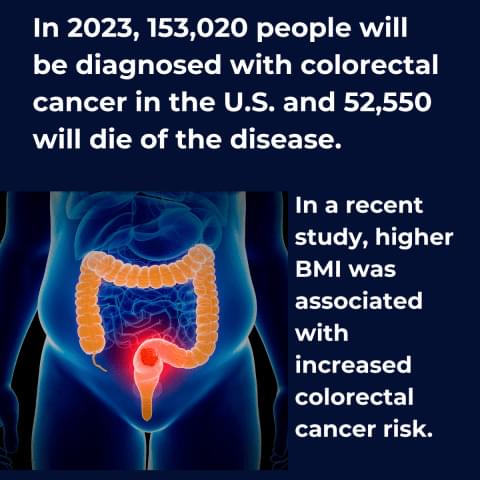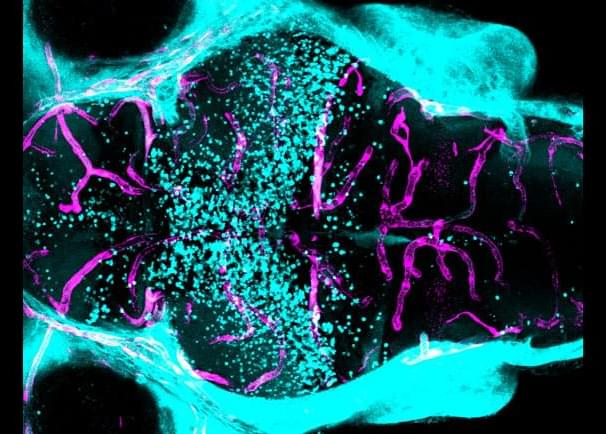Page 2989
Jul 14, 2023
What the most powerful people in tech and media are discussing at ‘summer camp for billionaires’
Posted by Kelvin Dafiaghor in category: robotics/AI
It’s one of the biggest conferences of the year that almost no one is allowed to go to.
Allen & Co.’s annual conference in Sun Valley, Idaho, often referred to as “summer camp for billionaires,” is a who’s who of the biggest players in media and tech. This year’s attendees include Disney’s Bob Iger, Warner Bros. Discovery’s David Zaslav, Apple’s Tim Cook, and OpenAI’s Sam Altman.
The event even got the “Succession” treatment.
Jul 14, 2023
Precision Medicine in Solid Tumors
Posted by Shubham Ghosh Roy in categories: biotech/medical, innovation

Virtual Event.
Discover the latest breakthroughs in precision medicine for solid tumors and join the forefront of cancer testing and treatment. Don’t miss out on our one-day virtual event, where you’ll get exclusive access to clinical insights from top lab experts. Some of the exciting highlights of the conference include:
Jul 14, 2023
What makes US Precision Guided Missiles “FLOP” In Ukraine?
Posted by Raphael Ramos in categories: innovation, military

Electronic warfare systems are now able to jam precision guided weapons.
In the midst of ongoing conflict, Ukrainian forces are leveraging US-supplied glide bombs to their advantage. This video delves into the use of two distinct glide bombs: the GLSDB (Ground-Launched Small Diameter Bomb) and the JDAM-ER (Joint Direct Attack Munition-Extended Range). However, these American-made guided weapons are facing challenges due to Russia’s electronic interference, impacting their precision and effectiveness.
Continue reading “What makes US Precision Guided Missiles ‘FLOP’ In Ukraine?” »
Jul 14, 2023
Immune memory is achieved by epigenetic and topological rearrangements of DNA in immune cells, research suggests
Posted by Josh Seeherman in categories: biotech/medical, genetics
The immune system is one of the most complex parts of our body. It keeps us healthy by getting rid of parasites, viruses or bacteria, and by destroying damaged or cancer cells. One of its most intriguing abilities is its memory: upon first contact with a foreign component (called antigens) our adaptive immune system takes around two weeks to respond, but responses afterwards are much faster, as if the cells remembered the antigen. But how is this memory attained?
In a recent publication, a team of researchers coordinated by Dr. Ralph Stadhouders, from Erasmus MC, and Dr. Gregoire Stik, Group Leader at the Josep Carreras Leukemia Research Institute, provides new clues on immune memory using state-of-the-art methodologies.
In their research paper, published in the journal Science Immunology, the first-author Anne Onrust-van Schoonhoven and colleagues compared the response of immune cells that had never been in contact with an antigen (called naïve cells) with cells previously exposed to antigen (memory cells) and sort of knew it. They focused on the differences in the epigenetic control of the cellular machinery and the nuclear architecture of the cells, two mechanisms that could explain the quick activation pattern of memory cells.
Jul 14, 2023
Gastrointestinal Stromal Tumors Treatment
Posted by Shubham Ghosh Roy in category: futurism
Gastrointestinal stromal tumors (GIST) are usually found on the stomach or small intestine, but they can be found anywhere in or near the GI tract. Find out about risk factors, symptoms, tests to diagnose, prognosis, staging, and treatment for gastrointestinal stromal tumors.
Jul 14, 2023
AI Predicts Activity of RNA-Targeting CRISPR Tools
Posted by Shubham Ghosh Roy in categories: biotech/medical, robotics/AI
Researchers at New York University (NYU), Columbia University, and the New York Genome Center have developed an artificial intelligence (AI) platform that can predict on-and off-target activity of CRISPR tools that target RNA instead of DNA.
The team paired a deep learning model with CRISPR screens to control the expression of human genes in different ways, akin to either flicking a light switch to shut them off completely or by using a dimmer knob to partially turn down their activity. The resulting neural network, which they called targeted inhibition of gene expression via gRNA design— TIGER—was able to predict efficacy from guide sequence and context. The team suggests the new technology could pave the way to the development of precise gene controls for use in CRISPR-based therapies.
“Our deep learning model can tell us not only how to design a guide RNA that knocks down a transcript completely, but can also ‘tune’ it—for instance, having it produce only 70% of the transcript of a specific gene,” said Andrew Stirn, a PhD student at Columbia Engineering and the New York Genome Center. Stirn is co-first author of the researchers’ published paper in Nature Biotechnology, titled “Prediction of on-target and off-target activity of CRISPR-Cas13D guide RNAs using deep learning.” In their paper, the researchers concluded, “We believe that TIGER predictions will enable ranking and ultimately avoidance of undesired off-target binding sites and nuclease activation, and further spur the development of RNA-targeting therapeutics.”
Jul 14, 2023
Research Highlights: Investigating Associations of Obesity with Colorectal and GI Cancers
Posted by Shubham Ghosh Roy in category: biotech/medical
Scientists consider the role of overweight and obesity in increasing the risk for gastrointestinal cancers to be well established, with colorectal cancers the most common of these malignancies in the United States. According to National Cancer Institute (NCI) data, an estimated 153,020 men and women in the U.S. will be diagnosed with colorectal cancer in 2023, and 52,550 are expected to die of this disease. In two recent studies, researchers addressed the impact of overweight, obesity, and body mass index (BMI) on colorectal and non-colorectal gastrointestinal (GI) cancers at different stages of adult life, as well as the association of BMI and different molecular subtypes in colorectal cancers.
Obesity, BMI, and Cancer Across the Lifespan
In a new retrospective cohort study, researchers found that being overweight or obese in early and middle adulthood increases the risk for developing colorectal and non-colorectal GI cancers throughout a person’s lifetime. Even when an individual starts out as underweight or falls within a normal BMI as a young adult, the risk rises if they later become overweight or obese, according to the research.
Jul 14, 2023
What ever happened to the first cryogenically frozen humans?
Posted by Shubham Ghosh Roy in categories: biotech/medical, cryonics, life extension
For decades, people have arranged to freeze their bodies after death, dreaming of resurrection by advanced future medicine.
Jul 14, 2023
Researchers Uncover Signal Needed for Blood-Brain Barrier
Posted by Shubham Ghosh Roy in categories: biotech/medical, neuroscience
The signal, produced by neurons, helps the barrier form and maintain its protective properties.
